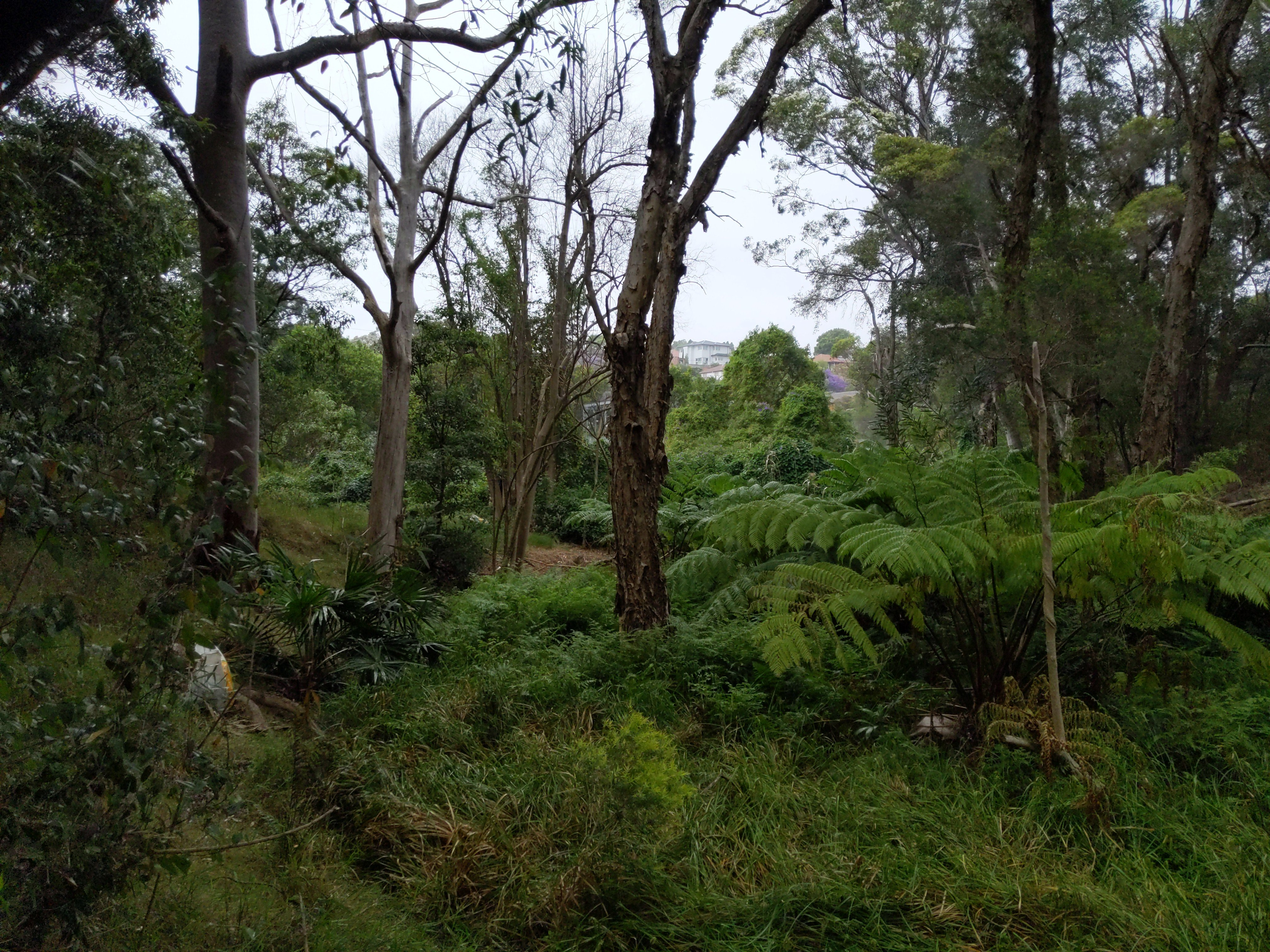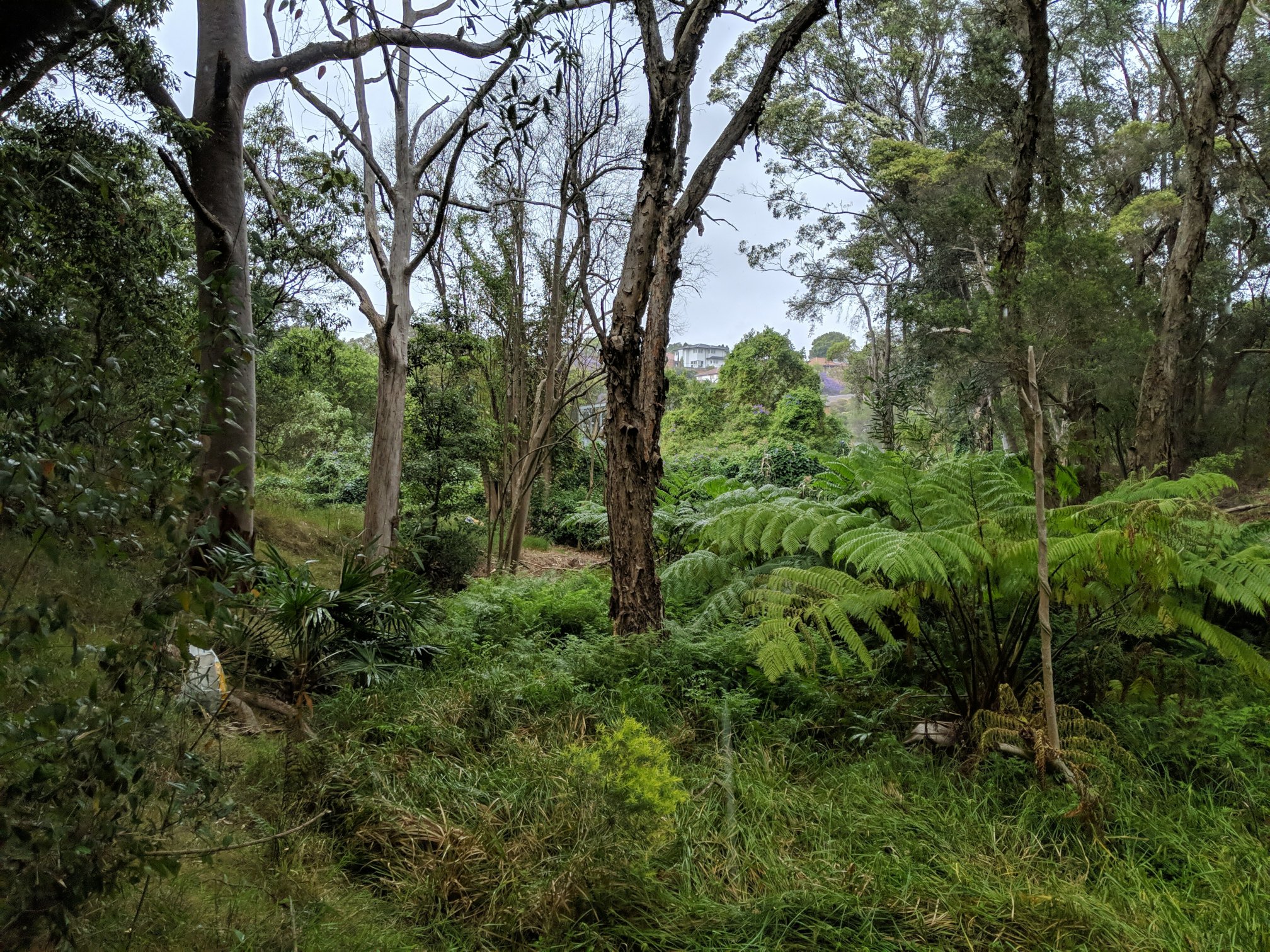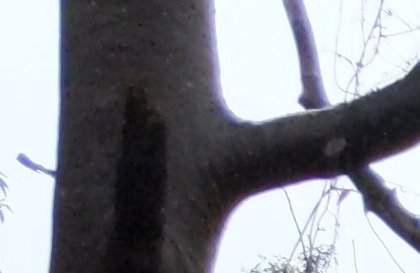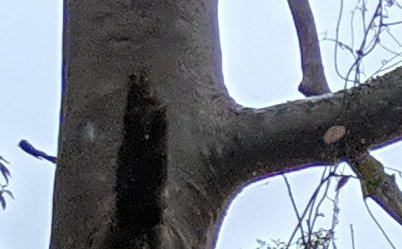I accidentally held down the photoshoot button on my phone and ended up with a sequence of photos of the same scene taken over about 1 second. Interestingly the series of photos contains two very different styles of image:


The first photo looks how I'd expect. Sky is overblown from the clouds and foreground of the forest is dark.
The second photo has somehow magically made the sky darker and the foreground brighter.
At a guess I think a software algorithm is trying to separate the foreground and background, then individual levels adjustments are being applied to each region. Checkout these two close-up crops:


The first photo shows what I'd normally expect from a camera (bright light bleeding into the trunk), the second shows a white halo around the trunk on the sky (probably artificial/software blending from foreground to background). I think I can also see see some evidence of artificial sharpening on the trunk texture; or perhaps the photo was just better in focus (some of the photos were a bit blurrier than others).
I'm using a Pixel 3 with OpenCamera.
Does anybody know what this feature is called and more info about it? I'm particular interested in how binary it is -- it's either activated or not -- some some heuristic must be involved.













I mentally read this in the same voice I read $VARIABLE with.